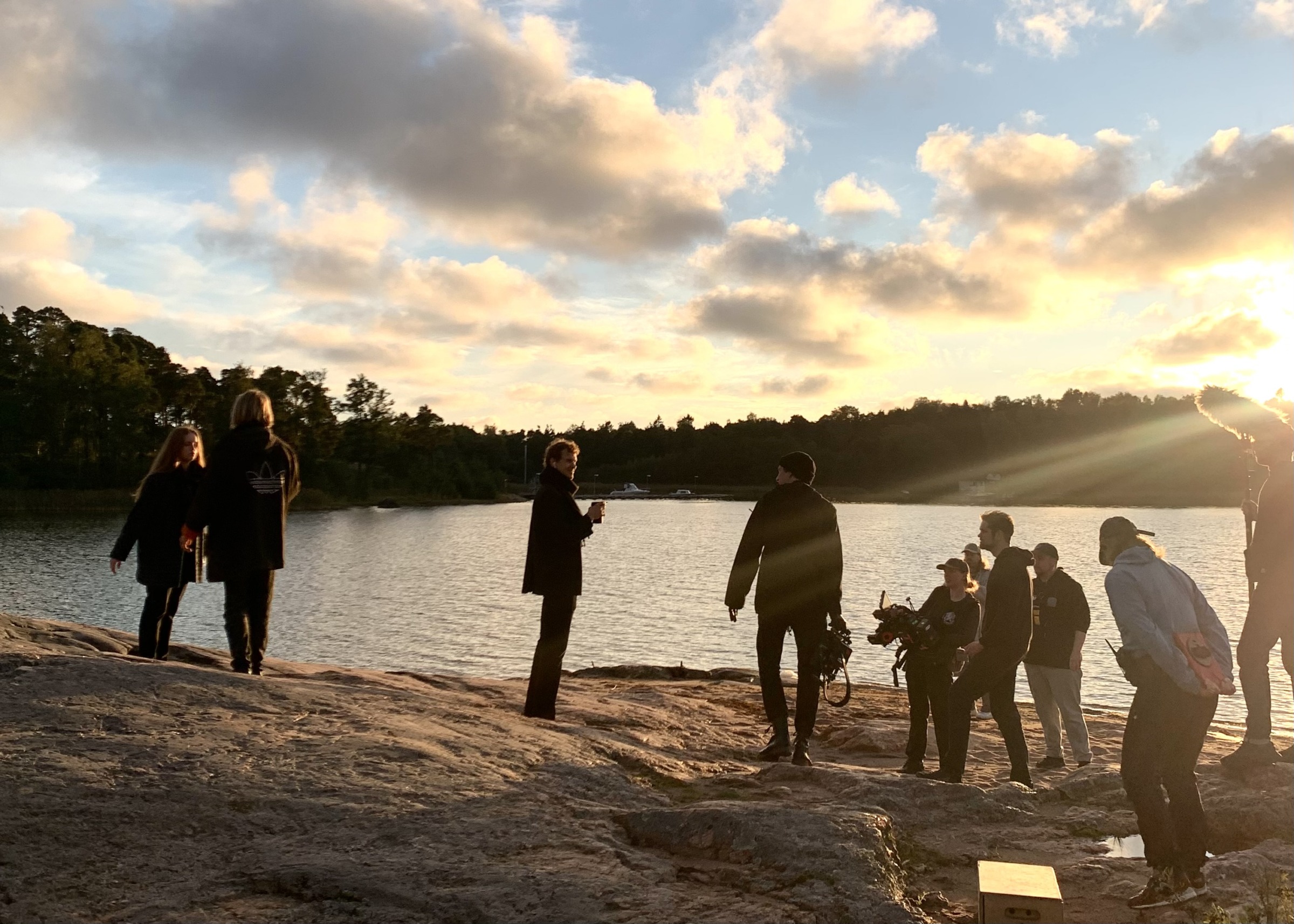A Light That Never Goes Out Film Shows a Side of Rauma That Is Hard to Put Into Words
A Light That Never Goes Out, which had its world premiere in the ACID section of the Cannes Film Festival, is a film about youth and Rauma, written and directed by Lauri-Matti Parppei, a native of Rauma. The Erkki Paasikivi Foundation has supported the making of the film with a cultural grant.

Lauri-Matti Parppei is a filmmaker, musician, and multidisciplinary artist originally from Rauma. His film A Light That Never Goes Out is strongly based on his own youth in the Rauma region. The Finnish cinema premiere is scheduled for the autumn. The film is produced by Ilona Tolmunen.
A major theme of the film is the turning point in a young adult’s life, where they reflect on their life in relation to what they once dreamed of becoming.
The film tells the story of Pauli, a 29-year-old former child prodigy and musician, who, after a nervous breakdown, moves back in with his parents in his hometown of Rauma.
In Rauma, Pauli meets Iiris, a self-taught musician. Iiris begins to persuade Pauli to make music with her — music unlike anything anyone has ever heard before. A glimmer of light emerges.
There is something in Rauma that is hard to put into words
According to Parppei, the film does not portray Rauma from a ’tourism ad perspective.’ Instead, he wants to show what makes Rauma special to him.
”It was important to me to show the very colorful people who live in Rauma. In fact, local Rauma residents appear in the film as themselves,” Parppei says.
It is hard to talk about Rauma’s culture without mentioning the Rauma dialect, known as Rauman giäl. In A Light That Never Goes Out, language also plays an important role, with the characters speaking the Rauma dialect. One of the film’s lead actors is originally from Rauma, and the other underwent a language immersion for the role. Parppei recognizes the dialect as an important part of his identity.
”Through the Rauma dialect, I have personally experienced some really significant things — both sad and joyful. This is also reflected in the film. For example, in one long scene, the characters discuss heavy topics, with the Rauma dialect present throughout,” Parppei says.
Tolmunen, who is not originally from Rauma, says that during filming she noticed how proud the people of Rauma are of their hometown and how they prefer to stay there rather than long for somewhere else. At the same time, the people of Rauma warmly welcomed the crew members who came from other parts of the country.
Parppei recognizes this openness in the people of Rauma.
”There is something I can’t fully name, but which I try to capture in the film. It’s a certain gentleness, or a particular level of humor that is both crude and yet inclusive at the same time,” Parppei describes.
”For some of the other crew members, it was a bit of a culture shock when we met one of our local partners, who described me in rather harsh terms. The others were shocked by the style of speech and the humor directed at me. I, on the other hand, was just happy — it felt like I was home,” Parppei laughs.
Funding from Rauma-based organizations is symbolically important
The cultural grant from the Erkki Paasikivi Foundation has helped make the film possible. The City of Rauma also supported the project. When the film was shot in Rauma, some of the money flowed back into the local economy, helping to sustain the vitality of the region.
”It is symbolically important that organizations from Rauma are willing to fund projects connected to the local culture. I’m also happy that the Erkki Paasikivi Foundation supports culture, because support is very much needed in today’s world. Even a small seed and a bit of support can grow into something much greater than the amount of money given — both culturally and in terms of people’s well-being,” Parppei says.
”The Erkki Paasikivi Foundation seemed to understand the value of the film very well. Before this, no feature-length fiction film intended for nationwide distribution had been shot in Rauma. In that sense, too, this is a cultural achievement,” Tolmunen adds.
A Light That Never Goes Out had its world premiere in the ACID programme at the Cannes Film Festival. In Finland, the premieres will be held in September in Rauma and Helsinki. Parppei and Tolmunen hope that many young people will attend the premieres and that the film will create an experience that fosters a sense of community.
”I hope to inspire young people through the film and by my own example. Especially in small towns like Rauma, whenever young people get excited about doing something, a small glimmer of light shines through,” Parppei sums up.



